Three years ago, with VR enthusiasts prepared to throw their money at Oculus to get their hands on the yet-to-be-release Rift headset, Google surprised the audience for Google I/O with Google Cardboard, a seemingly late April Fool's joke that actually jump-started virtual reality.
Now, just as Cardboard made VR accessible and affordable to all, Threye Interactive wants to do the same for augmented reality.
HeadsupAR is a head-mounted device that, like Cardboard, is powered by a smartphone. The headset is equipped with a set of optics and mirrors, similar to those used heads-up displays for military applications, that project images from the handset to a near-eye display.
In an interview with Next Reality News, Anurag Rana, CEO and founder of Threye, expects to offer a basic version of the headset for $75, while a bundle including a visor, leapmotion bracket and added optical beam combinators would cost $99. He estimates that a crowdfunding campaign would launch in July.
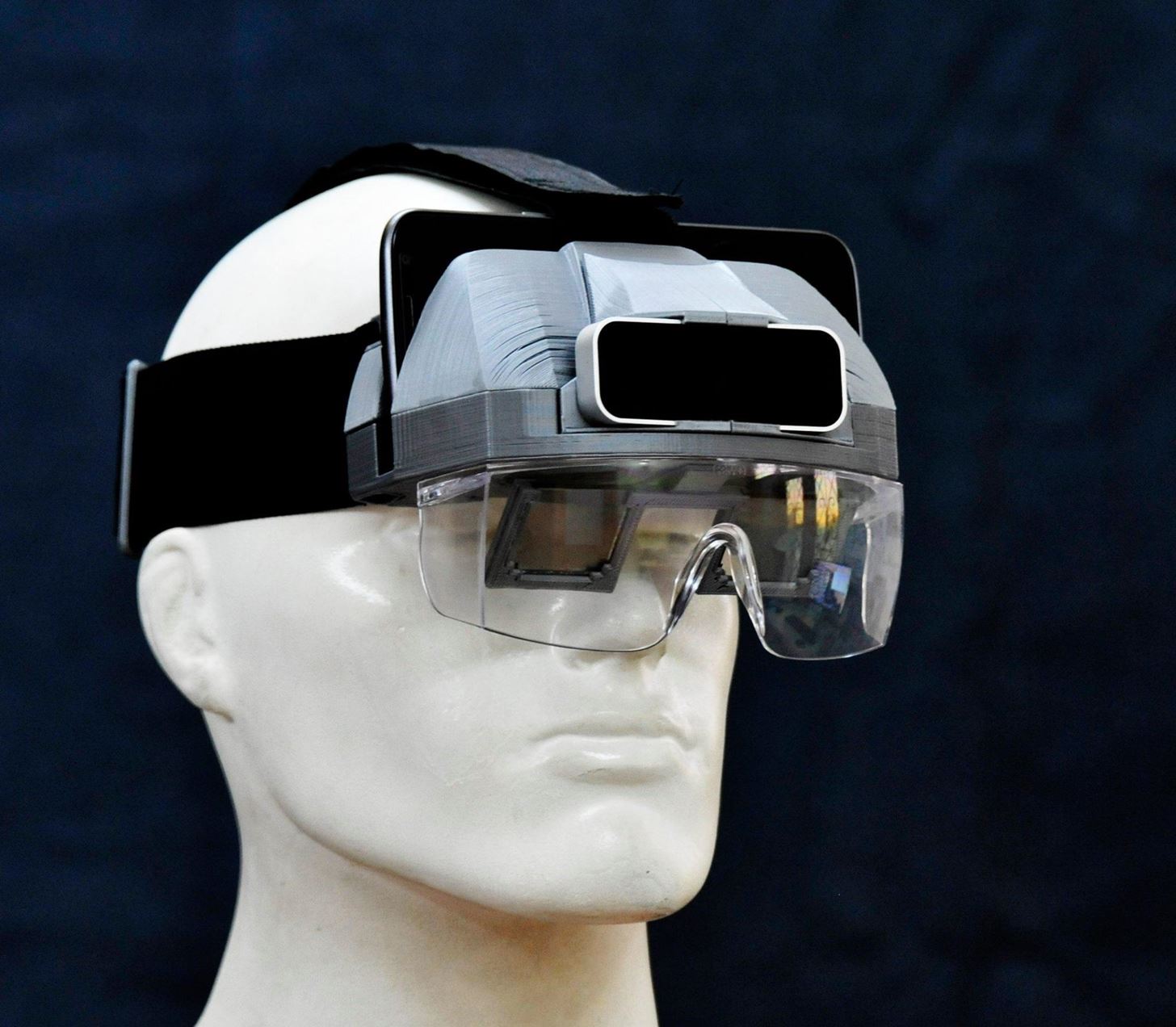
By removing the cost of a CPU, HeadsupAR can enable mixed reality experiences for a fraction of the price of dedicated devices and headsets like Microsoft HoloLens by leveraging the computing power and ubiquity of smartphones that consumers have already.
However, with Cardboard, the VR experience is limited in terms of input method, display quality, and computing power compared to dedicated devices. HeadsupAR faces similar limitations, with modern smartphones lacking the input system and sensors that HoloLens employs, as well as mid-range devices having insufficient horsepower to render animations.
Threye (pronounced "three") believes they are prepared to meet these limitations in their device. For instance, the device will be compatible with Leap Motion for gesture controls.
"With Google and Facebook really pushing for use of camera and its computer vision applications to do stuff like SLAM and gesture interaction, we may not necessarily need any external special hardware, so we do think that just a phone should be enough," said Rana.
To facilitate content for the device, the company will provide a software development kit as well as proof-of-concept apps. One app they are working on is an augmented reality piano teaching app. Since all pianos have the same layout, the app would recognize the presence of the instrument and overlay notes in the user's field of vision.
"Our aim here is not to necessarily make money off the product in its current form (although that'd be really nice), but actually kickstart the ecosystems," said Rana.
Threye will demonstrate the HeadsupAR to attendees at the Augmented World Expo next week.
Are you interested in buying a HeadsupAR? Would you support this product through Kickstarter? Let us know in the comments below.
Update: This article was revised after publication with comments and clarifications from Rana as well as a newer image of the device.
Just updated your iPhone? You'll find new emoji, enhanced security, podcast transcripts, Apple Cash virtual numbers, and other useful features. There are even new additions hidden within Safari. Find out what's new and changed on your iPhone with the iOS 17.4 update.
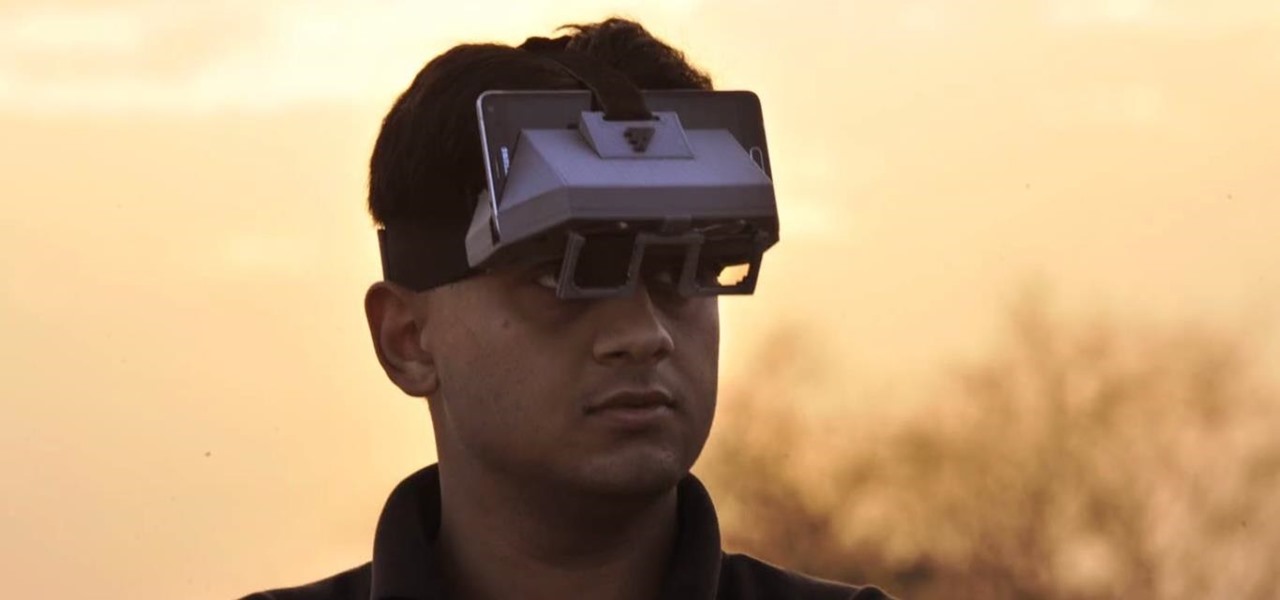






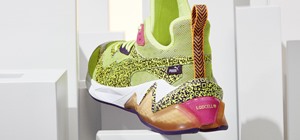


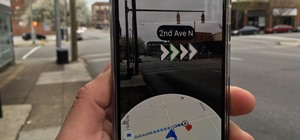

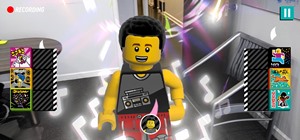





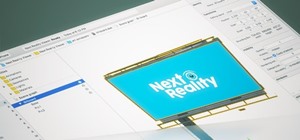

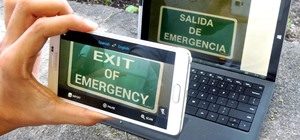

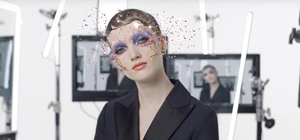
Be the First to Comment
Share Your Thoughts